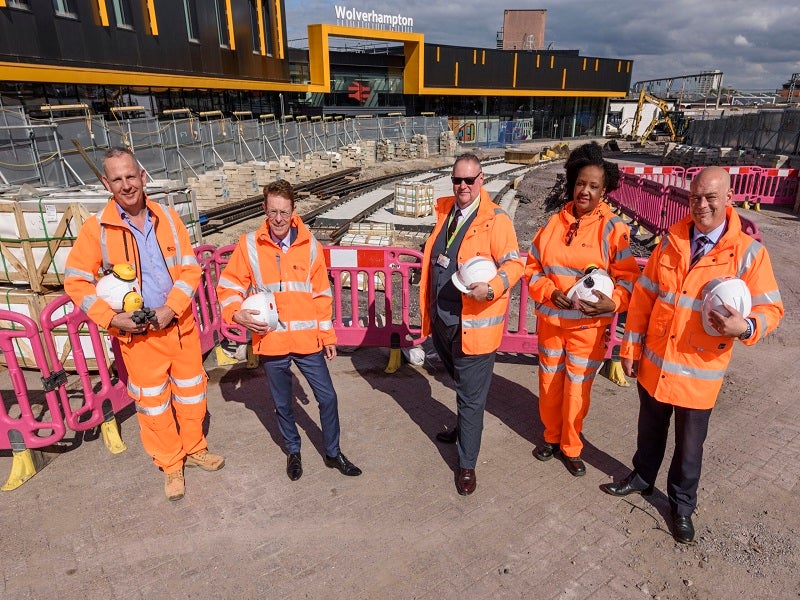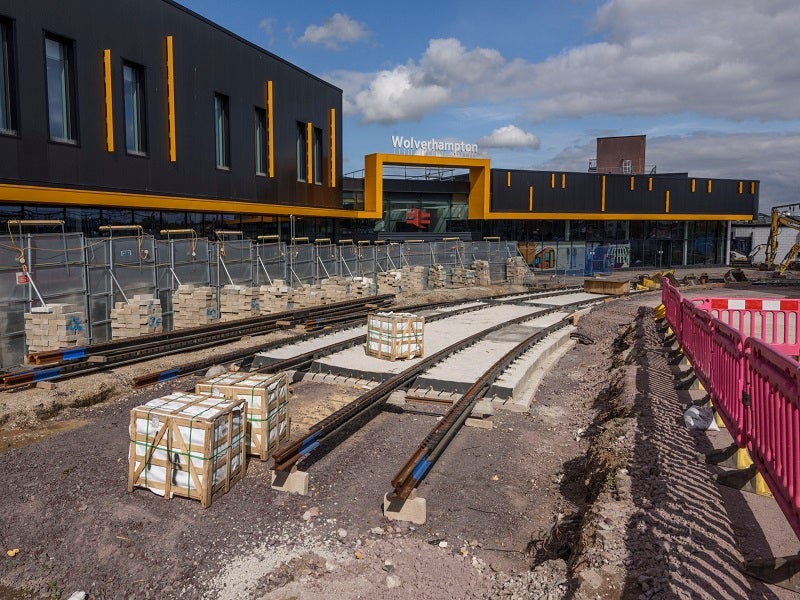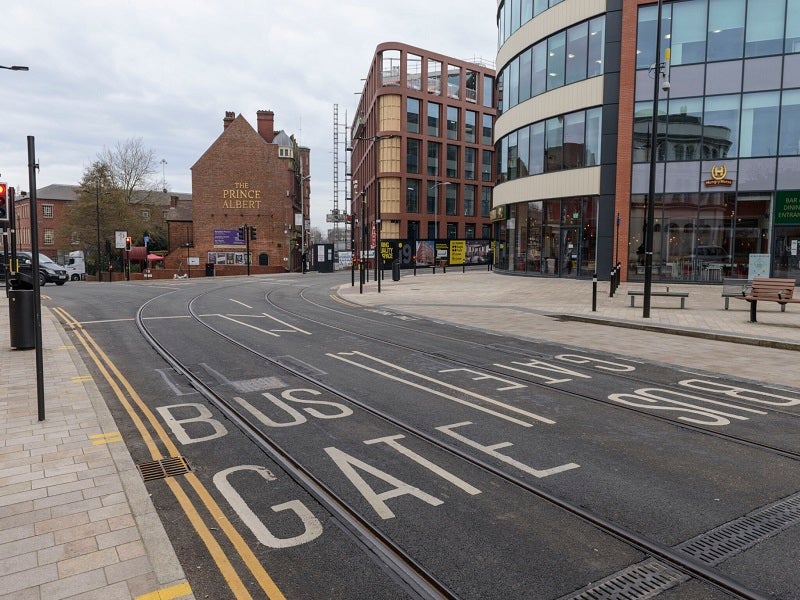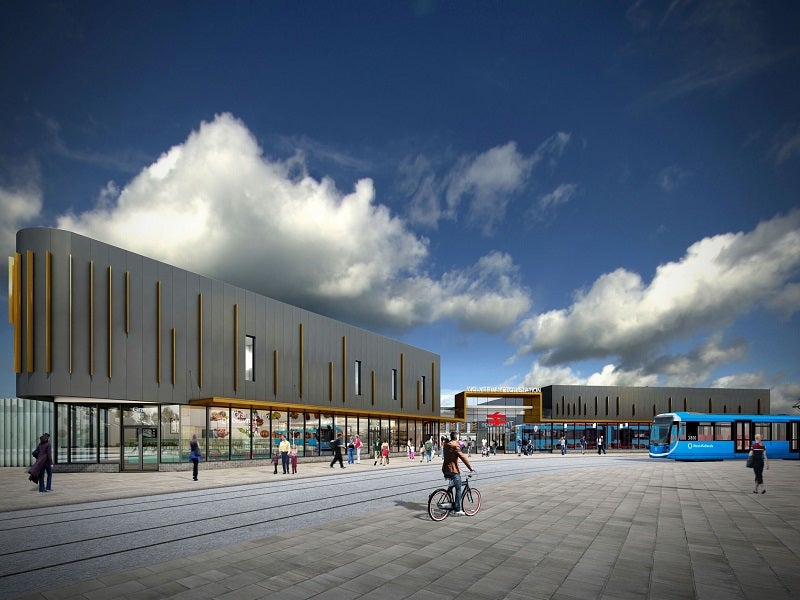The Wolverhampton City Centre Metro is being extended to improve regional transport in West Midlands, UK. The extension is a part of Transport for West Midlands’ (TfWM) and City of Wolverhampton Council’s plans to create a new interchange in the city centre to provide connectivity between all modes of public transport.
TfWM is an executive body of West Midlands Combined Authority (WMCA), a group of local authorities working together for regional development.
The Midland Metro Alliance (MMA) is responsible to deliver the Wolverhampton City Centre Metro extension on behalf of WMCA. Formed in 2016, MMA comprises WMCA, Egis, Pell Frischmann, Tony Gee, Colas Rail, Colas, Thomas Vale, Barhale, and Auctus Management Group.
The metro rail extension is estimated to involve an investment of £18m ($26.42m). It is part of a bigger investment worth more than £150m ($203.77m) in the city’s transportation network.
The extension is expected to generate a total of 1,500 jobs while also enhancing the public transportation in Wolverhampton and the greater Black Country, a region within the West Midlands county.
Details of Wolverhampton City Centre Metro extension
The existing city centre metro will operate from Birmingham Grand Central to Wolverhampton St George’s terminus and the redeveloped Wolverhampton railway station upon the completion of the extension.
The tram service will stop at the Wolverhampton city’s bus station on Pipers Row before travelling further to the new Wolverhampton railway station, providing a multimodal transport option.
The extension will include three new metro stops, two of which will be on either side of the road at Pipers Row, while the other stop will be at the Wolverhampton railway station.
Construction details
The initial works to prepare for the extension began in autumn 2017 and included the diversion of utilities. The first phase of construction along the route was completed in 2017. The enabling works along Pipers Row started in March 2018. Pipers Row was reopened for traffic in September 2018.
The track laying and road resurfacing along Pipers Row and Railway Drive were completed in 2019. Pipers Row was rejuvenated with new paving and street furniture, including new benches and planters. Traffic signage and signals were also installed.
Concrete was poured on Railway Drive in Wolverhampton in August 2021. The first 40m of double tram tracks was successfully constructed outside the city’s redeveloped railway station in September 2021. The switch and crossing infrastructure for the extension were also installed the same month to enable the switching of trams from one track to another.
The final phase of construction of the extension project is scheduled for completion in the fourth quarter of 2021.
Benefits of Wolverhampton City Centre Metro extension
The project will result in improved public transportation that will provide connectivity to employment centres in Wolverhampton and the greater West Midlands region.
It will provide a multimodal transport network that will allow commuters to change between different modes of public transit, including bus, metro and train.
The extension will link Wolverhampton to high-speed rail, once the HS2 project connecting London, the Midlands, the north and Scotland is operational.
Significant enhancements to the interchange will take cars off the roads, encouraging people to use public transportation.
The extension project will regenerate the city and pump investment to support the local economy and create jobs. Furthermore, it will provide a welcoming and attractive gateway for visitors arriving by national rail, bus, or tram.











